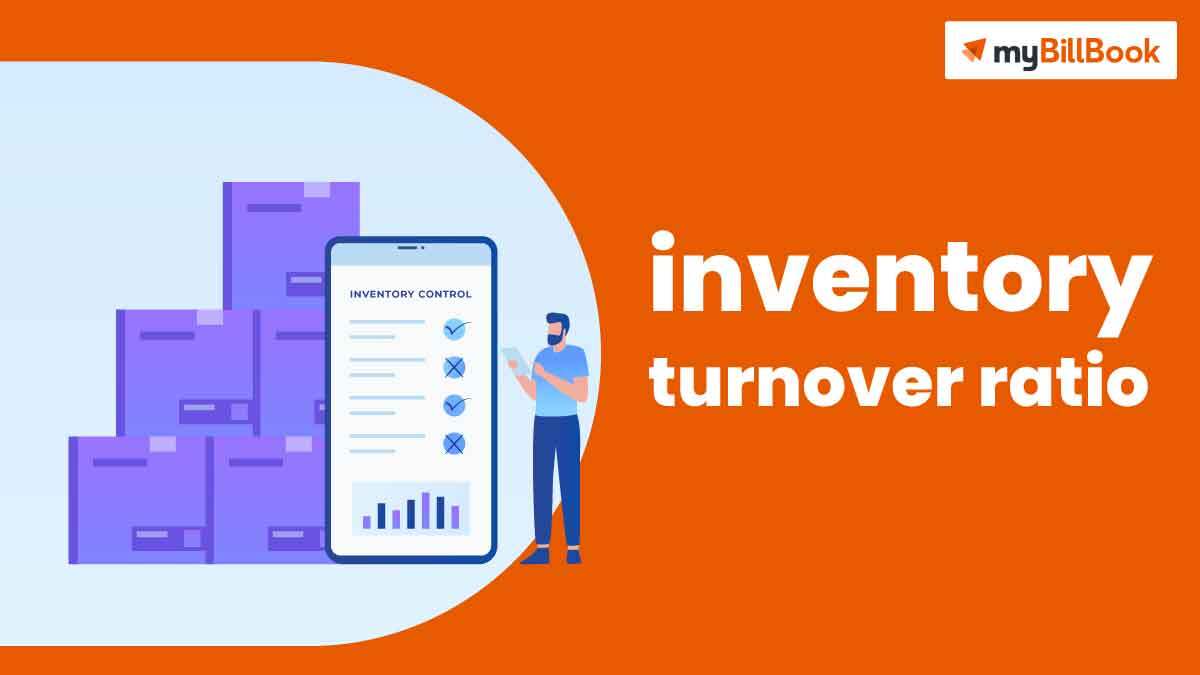What is Order Management System?
An order management system is nothing but an electronic method to handle the lifecycle of an order. Moreover, it offers a one-stop store to see and manage the orders of all customers in one place. Besides, it records all the processes and information such as inventory management, order entry, after-sales service, and fulfillment. In addition, this system provides visibility to both the buyer and the business. With the help of this method, customers can check the arrival time of order and organizations can have near real-time insight into inventories. This further assists in automating the sales order information flow to every piece of the retail supply chain. In other words, an order management system automates and organizes all the things that are required by the consumers what they ordered in good condition and on time.
Importance of Order Management System
The OMS full form is an order management system whose adoption is quite time-consuming and it looks like it takes a lot of effort. Hence, one might have a question in his or her mind like how order management would benefit me? Given below are the different reasons or importance of implementing an order management system in the organization.
Fewer Mistakes on Accomplishing Orders
Everything seems normal when it comes to taking care of only a few orders a day. But, in case if your business kicks off, you would need to encounter a plethora of orders coming in each day so there would be more chances of occurring mistakes. Delivering faulty addresses, faulty orders, and shipping delays will affect your business reputation. An order management system smoothens the process and excludes the chances of human mistakes.
Track Understocking and Overstocking
Both understocking and overstocking can lead to a deadly hazard to your business. Understocking can tend to delayed customer delivery, which is not good for your brand value. On the other hand, overstocking can make you look like a duck sitting with a low amount of liquid cash. Order management assists in managing your seasonal sales on the basis of the history of customer purchases. This helps you to protect yourself from both understocking as well as overstocking.
Saves Time
If you undertake an e-commerce business, you are a visionary and an entrepreneur as well. Most of your resources will take hours in mundane order accomplishment tasks without proper planning of handling your order management. It is better to hire a professional 3PL company to look after all of your fulfillment activities in order to avoid spending valuable resources on time-consuming activities. More time-consuming would result in costing a lot of bucks. Hence, the best alternative is to use an order management system that is an affordable and next-gen cheap automated order management solution.
Components of Order Management
Nowadays, consumers have a mentality of buy-now and buy-fast. To provide a better buying experience to the customers, the OMS should have visibility into the capabilities and whole order lifecycle in four important areas namely order fulfillment, order aggregation, enterprise inventory visibility, and customer service.
Order Fulfilment
There is an inventory allocation engine that optimizes back-end order orchestration and smoothens order fulfillment can assist in minimizing costs, decreasing shipping time, and offering customers options like pick up in store or ship from store. At the same time, the users of the business have the potential to review order history, automate workflows, and allow order fulfillment manually.
Visibility of Enterprise Inventory
Here the OMS plays the role of the trusted source of inventory information across the enterprise. Inventory data lives in certain places many times which are as follows:
- Inventory on store shelves lives within the POS (point-of-sale system).
- Inventory within distribution centers lives within the WMS (warehouse management system).
- Supply chain inventory lives within the ERP (enterprise resource planning) system.
Customer Service
Even though it sounds simple, it is quite challenging to make changes to an existing order. This might affect tax calculations, pricing and promotion adjustments, inventory allocation, and payment processing. If the solution of an OMS does not have visibility into the whole order life cycle, there is not at all a way that it can bring changes to existing orders.
Order Aggregation
It is crucial to have a single view of order details just as it is imperative to have a single view of inventory. The OMS should aggregate these orders in one centralized center with orders being taken place across multiple channels. It thereby renders a real-time view of every customer purchase data across all channels.
Basic Steps of Order Management Process
The key to order management constitutes a series of fluid processes, synced steps, and constant communication to form a fluid order-to-cash flow. The faster and smoother the flow, the more orders the organization can process, and the quicker the business can grow. Have a look at the basic steps of the order management process which are as follows:
Step 1: The process starts when a consumer places an order either over the phone, in-store or online with a customer services representative. The details of the customer like the volume of orders, order history, and payment preferences are then stored. At last, the order of the customer is sent to the warehouse.
Step 2: Then the checking of the inventory is carried out by a warehouse manager and continuous supply from vendors is recorded. If inventory runs out completely or runs low due to a big order, then an order will be placed to the department of purchasing.
Step 3: Then the order is sent to the department of accounts where it is recorded either as accounts receivable or cash sales. An invoice is generated by logging in the sale in the ledger and sent to the client. At the same time, the payment is also recorded.
Step 4: A company’s own LTL or a third-party shipping service will then accomplish the order by delivering the goods to the customer.
FAQs on Order Management System
What refers to distributed order management?
The distributed order management (DOM) is software that locates at the heart of an OMS and allows an OMS to route orders brilliantly to the maximum resources or destinations for order accomplishment. DOM is important to handle the business related to an order and assists deliver a smooth customer experience across channels.
How to select an order management system?
While choosing an order management system, you have to begin by checking your existing process and the activities that make up every step. Go through the whole process of order management and check how things take place so that you can create a listing of what business functions you are performing at present.
What trends related to order management make the process more complicated?
Order management can become complicated quickly especially when multiple sales or huge volumes and distribution channels are considered. The trends that add to the complexity include:
Omnichannel: It is the capability for companies to adjust processes to identify the expectations of the customer and the capability for customers to navigate across channels smoothly to undertake business.
Multichannel: It is multiple locations or physical stores, whether digital or online channels and call centers to carry out business and deal with orders. Customer interactions and transactions are discrete to each channel.







